Regulatory Compliance Pressure
The downstream processing market in Italy is experiencing heightened pressure from regulatory compliance requirements. The Italian government has implemented stringent regulations aimed at ensuring product safety and environmental protection. This has led to increased investments in downstream processing technologies to meet these standards. Companies are compelled to adopt advanced filtration and purification methods to comply with regulations, which may account for a significant portion of operational costs. As a result, the market is likely to see a shift towards more efficient processing techniques that not only meet compliance but also enhance product quality. The financial implications of non-compliance can be severe, potentially leading to fines and loss of market access, thus driving the need for robust downstream processing solutions.
Increased Focus on Quality Control
Quality control has become a pivotal focus within the downstream processing market in Italy, driven by consumer demand for high-quality products. Companies are investing in advanced quality assurance systems to ensure that their products meet stringent quality standards. This trend is particularly evident in the food and beverage sector, where quality assurance processes are critical to maintaining brand reputation and consumer trust. The implementation of robust quality control measures can lead to reduced waste and improved product consistency, which are essential for maintaining competitiveness in the market. As a result, the downstream processing market is likely to see a continued emphasis on quality control practices, influencing operational strategies and investment decisions.
Rising Demand for Biopharmaceuticals
the downstream processing market in Italy is experiencing increased demand for biopharmaceuticals due to an aging population and the rising prevalence of chronic diseases. This trend is reflected in the growing investments in biopharmaceutical production facilities, which are expected to reach approximately €2 billion by 2026. The need for effective downstream processing techniques is critical to ensure the purity and efficacy of biopharmaceutical products. As companies strive to optimize yield and reduce production costs, innovations in downstream processing technologies are becoming essential. This rising demand not only stimulates market growth but also encourages the development of more sophisticated processing methods, thereby enhancing the overall landscape of the downstream processing market.
Technological Integration and Automation
The integration of advanced technologies and automation in the downstream processing market is transforming operational efficiencies in Italy. Companies are increasingly adopting automated systems for monitoring and controlling processing parameters, which can lead to improved consistency and reduced human error. The market is projected to grow at a CAGR of 8% over the next five years, largely due to these technological advancements. Automation not only streamlines processes but also reduces labor costs, making it a financially attractive option for many firms. As the industry evolves, the emphasis on integrating cutting-edge technologies will likely continue to shape the downstream processing market, fostering innovation and enhancing productivity.
Emerging Market Opportunities in Specialty Products
The downstream processing market in Italy is exploring emerging opportunities in specialty products, which are gaining traction among consumers seeking unique and high-value offerings. This shift is prompting companies to diversify their product lines and invest in specialized processing techniques. The market for specialty products is projected to grow by 15% annually, indicating a robust demand for innovative solutions. As firms adapt to these changing consumer preferences, the need for tailored downstream processing methods becomes increasingly important. This trend not only enhances market competitiveness but also encourages the development of niche products, thereby expanding the overall scope of the downstream processing market.



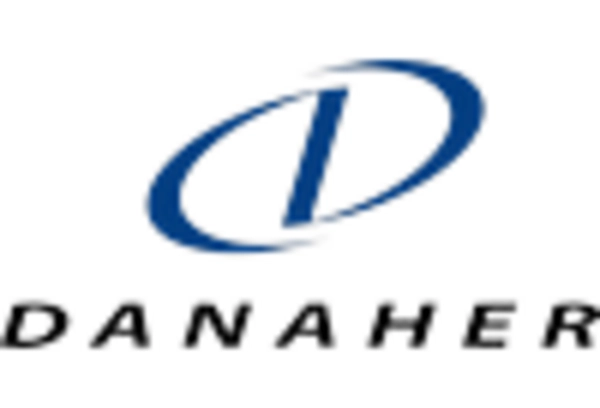

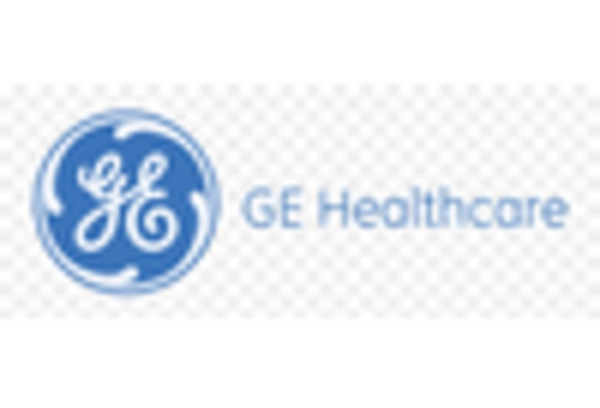
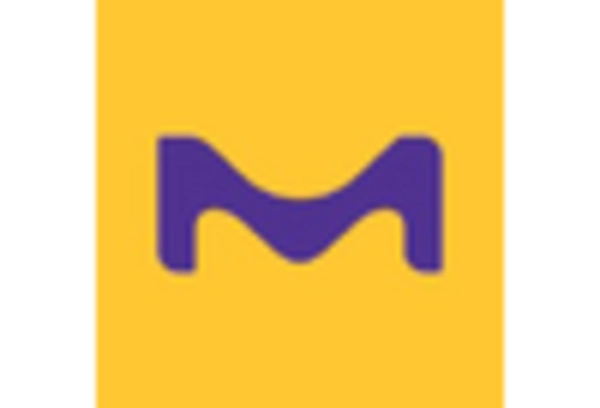
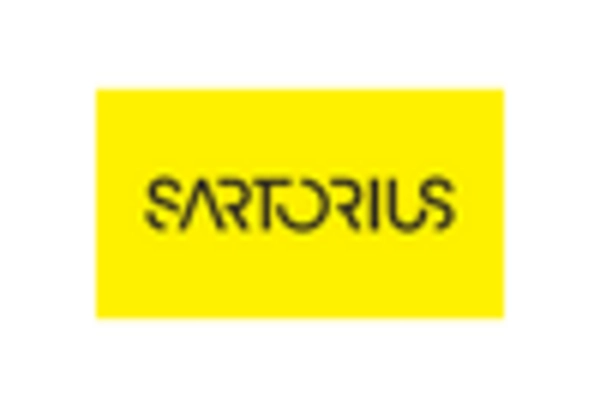
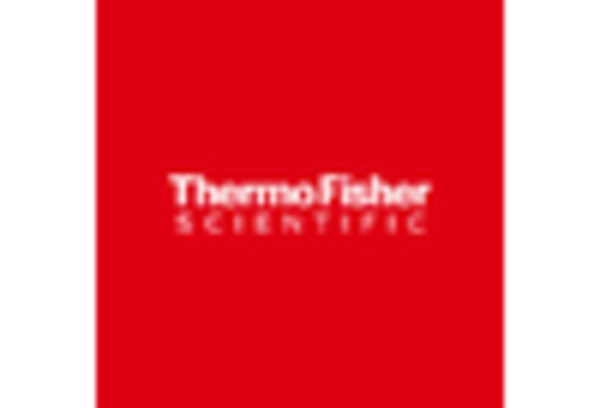








Leave a Comment